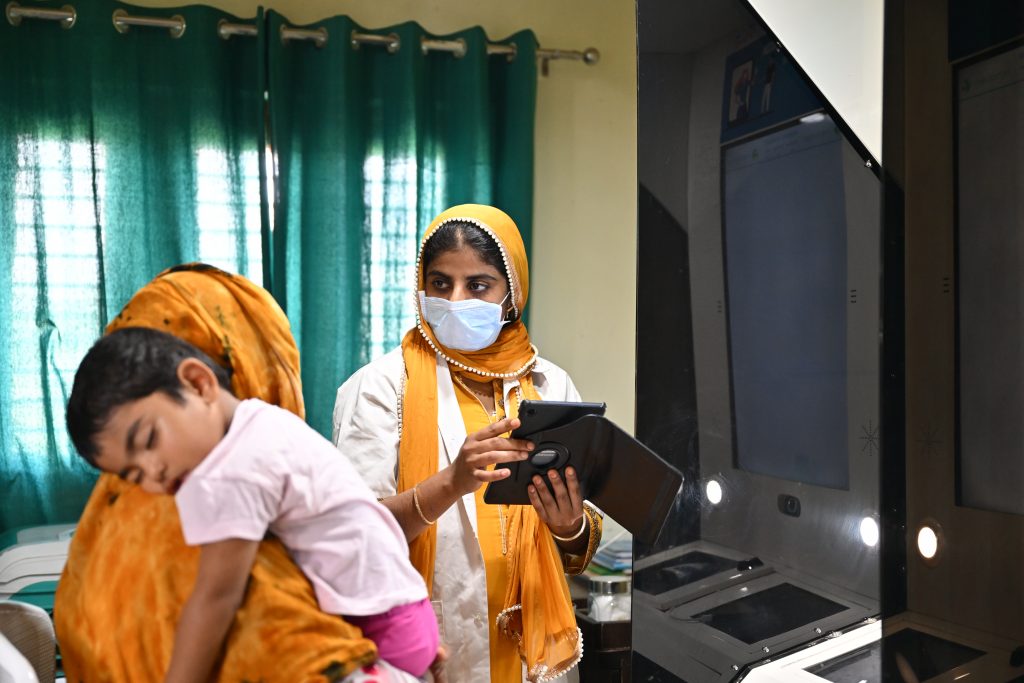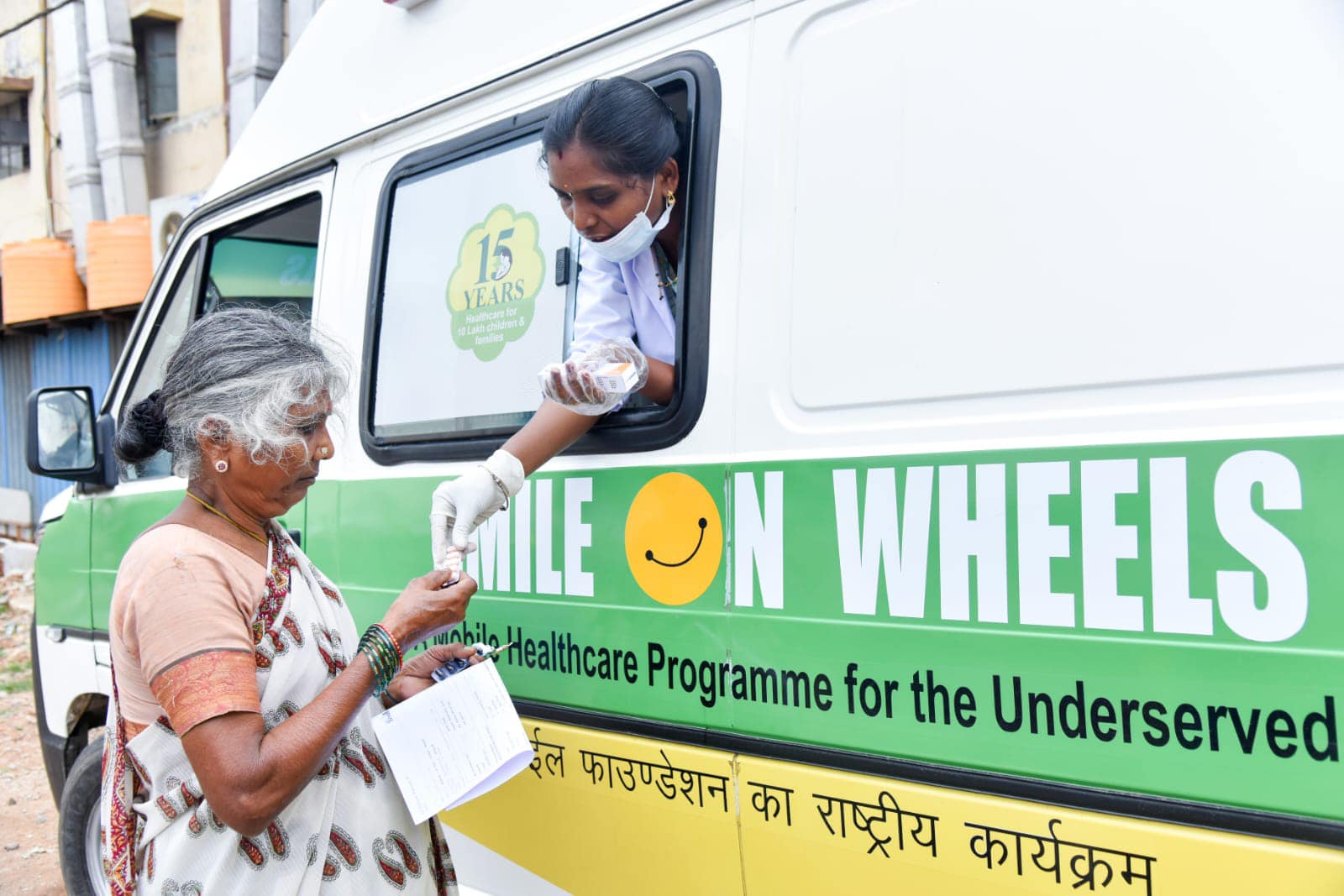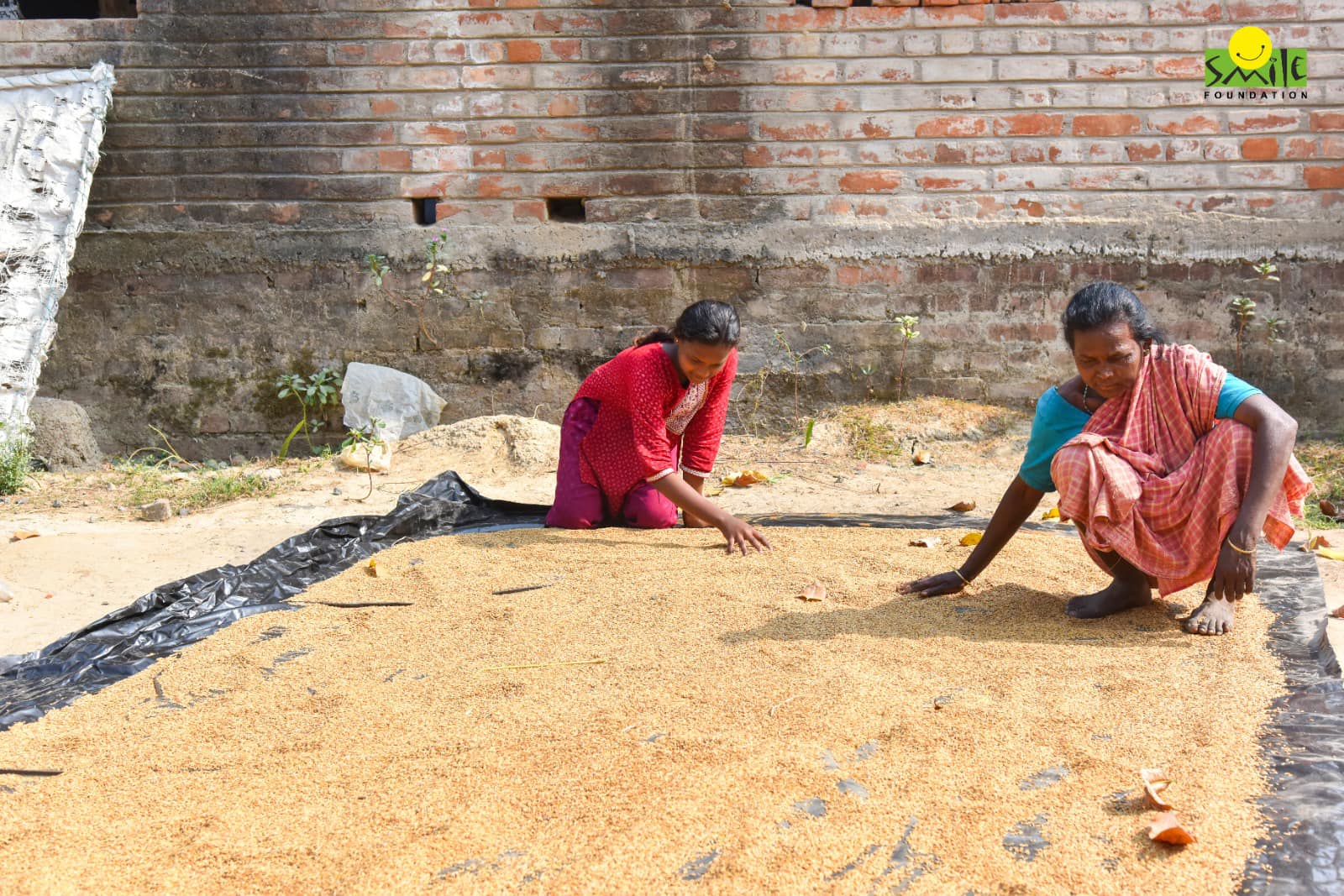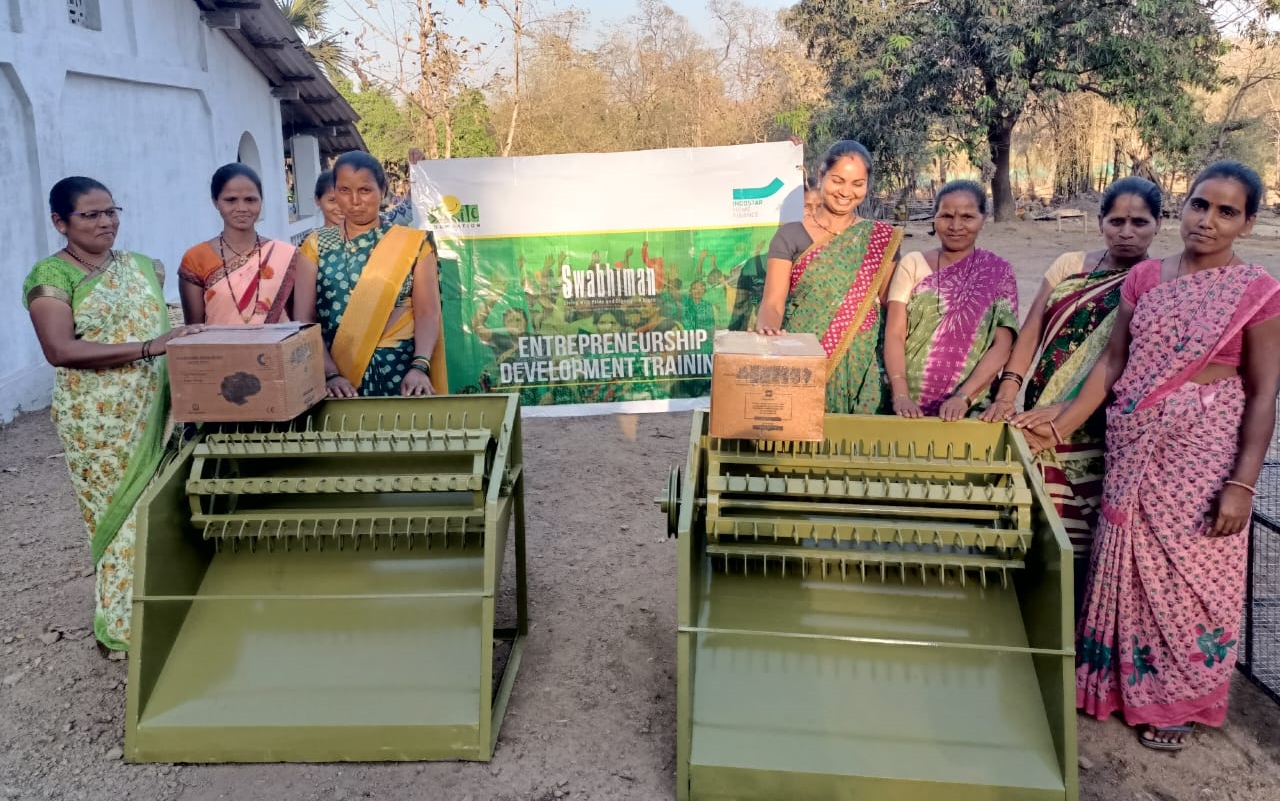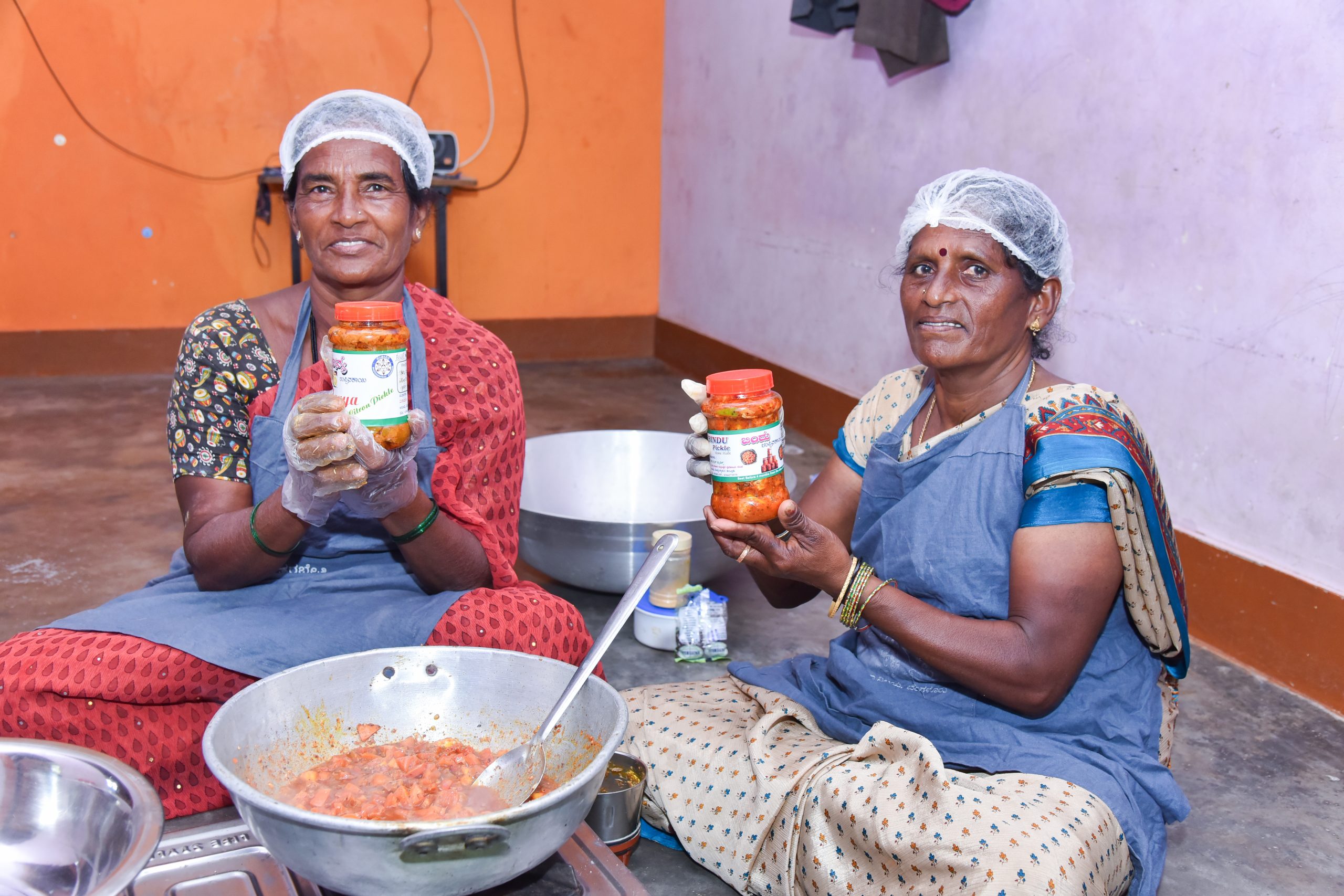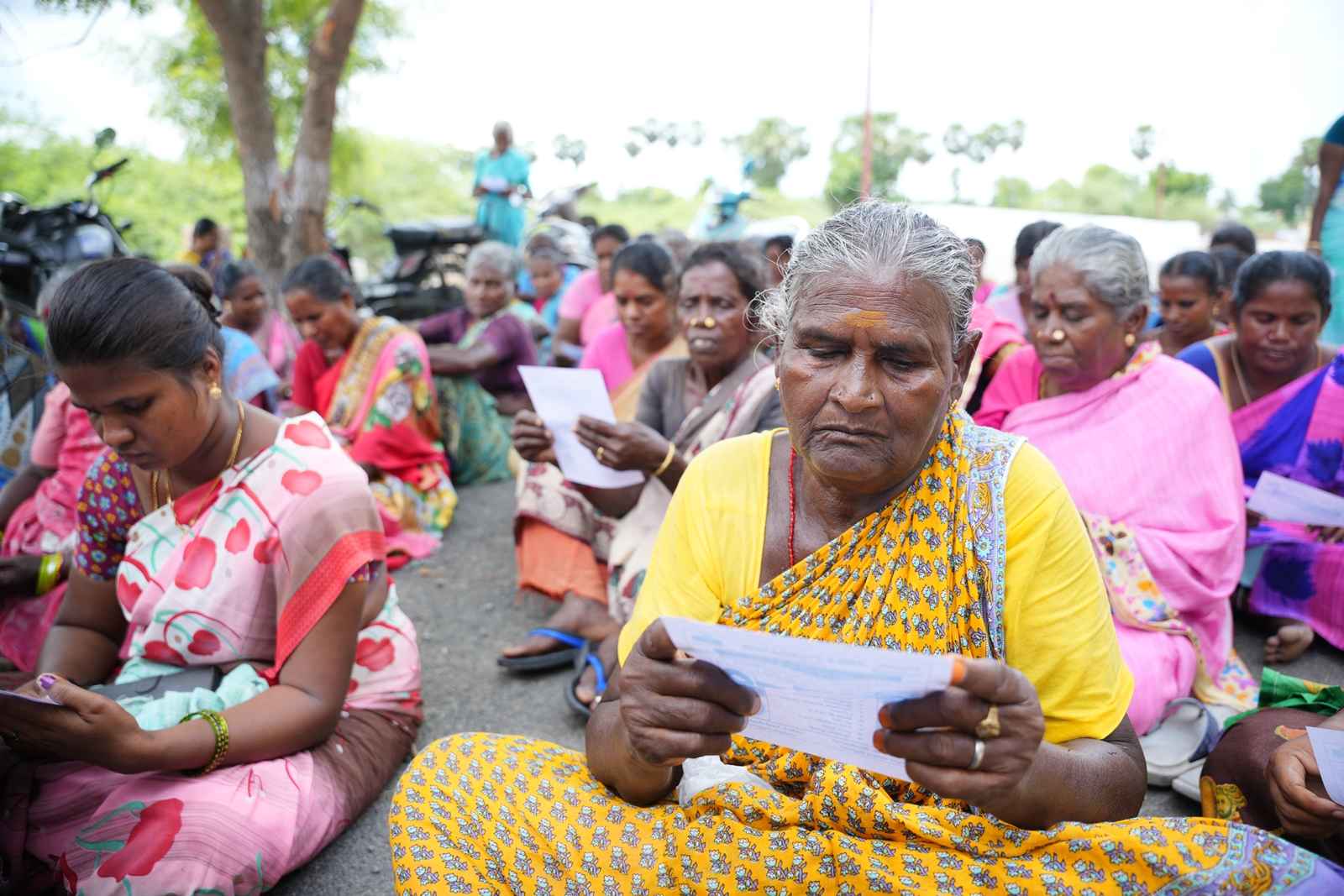With a population of 1.41 billion, one of India’s greatest challenges has been ensuring equitable distribution of healthcare services. Despite various government policies aimed at improving equity and access, disparities in healthcare continue to affect households and social groups across the country. Among the many interventions introduced to address this issue is telemedicine—a broad term encompassing the delivery of healthcare services through real-time, two-way communication between patients and healthcare providers using electronic information and telecommunications technologies. The goal of telemedicine is to extend high-quality health services to low-income and underserved regions, thereby enhancing healthcare standards and accessibility throughout the country.
In 2019, the Ministry of Health and Family Welfare launched eSanjeevani, a cloud-based National Telemedicine Service designed to provide healthcare services across the entire country. This platform aims to achieve digital equity by connecting patients with over 218,489 doctors, specialists and healthcare workers through telemedicine.
eSanjeevani has particularly impacted rural areas, where it has significantly improved primary healthcare services by facilitating e-consultations, on-demand care and expanded facilities. This initiative represents the green gains of telemedicine and a big step in providing accessible, quality healthcare to underserved populations in India.
A sustained effort over years- Green gains of telemedicine
One of the most urgent challenges in rural India continues to be the scarcity of healthcare facilities. Many villages are missing even the most basic healthcare infrastructure, like primary health centres (PHCs) and hospitals. This lack of access takes a toll on both the health of the population and patient well-being. Rural areas face significant hurdles, including long distances to healthcare facilities, limited transportation options, workforce shortages and inadequate health insurance coverage.
Keeping these issues in sight, telemedicine has emerged as a promising solution. Telemedicine practices, including those integrating traditional medicine, are becoming increasingly important in rural areas since the very inception of the idea.
A great example to substantiate the same is the Amrita Telemedicine Programme that achieved a milestone on January 13, 2003, by conducting its first remote telesurgery. This procedure took place at the Amrita Emergency Care Unit in Pampa, where a critical telesurgical operation was performed to save the life of a tourist. By utilising the local telemedicine infrastructure, a cardiothoracic surgeon provided expert guidance remotely—the procedure was carried out by a paediatric cardiologist stationed at Pampa. This successful operation highlighted the potential of telemedicine to bridge distances and deliver life-saving care in remote areas.
ISRO’s efforts
Similarly, in the last few years, the Indian Space Research Organisation (ISRO) has made significant strides in improving rural healthcare through its Village Resource Centers (VRCs). These centres offer a variety of services, including telemedicine, tele-education, online decision support and interactive advisory services for farmers.
With approximately 500 VRCs established nationwide, these centres act as vital hubs for education and connectivity, linking rural communities with specialty hospitals and providing access to expert medical care. Similarly, Aarogyasree, a another internet-based mobile telemedicine initiative by Indian Council of Medical Research (ICMR).
The overarching goals of telemedicine initiatives are to prevent unnecessary hospitalisations and also reduce readmissions’ enhance patient care; and empower patients to better manage their health conditions. By bridging gaps in healthcare access, telemedicine aims to improve health outcomes and quality of care in underserved rural areas.
Environmental and economical impact
In India, the healthcare sector contributes to 2 percent of global healthcare emissions, making it the seventh-largest emitter of greenhouse gases in the country. A 2019 report by Health Care Without Harm (HCWH) highlights a clear correlation between a nation’s health spending and its carbon footprint. As India invests more in its healthcare sector—expanding hospital bed capacities and enhancing facilities—this investment also leads to an increase in carbon emissions.
The emissions stem from various sources, including the energy used by hospitals, medical devices and other infrastructure. Another contributor to these emissions is fossil fuel combustion. This includes the electricity and thermal power required to operate healthcare facilities, as well as vehicular emissions related to transportation and logistics within the sector. In India, vehicular emissions are significant contributors to traffic-related pollution, further impacting the overall carbon footprint of the country.
As the healthcare sector grows, addressing these emissions becomes crucial in balancing improved health outcomes with environmental sustainability. This is when facilities like telemedicine come into play, since they don’t only have a technological benefit but also provide economic and environmental benefits.
The heavy cost
A recent study has made notable advancements specifically in the field of teleophthalmology. Published in Eye, this multi-author research evaluated the environmental and economic impacts of teleophthalmology services in both rural and urban eyecare networks in India. The study assessed potential carbon dioxide (CO2) emissions saved by reducing travel and analysed cost savings from reduced travel, food and wages.
The findings indicated that the rural network saved approximately 2.89 kg of CO2 per person and 80 km per person, while the urban network achieved more significant savings of 176.6 kg of CO2 per person and 1666 km per person. Additionally, the report highlighted considerable cost savings on travel expenses: INR 19,970 (USD 250) for the primary network (average savings of INR 370 or USD 4.6 per patient) and INR 758,870 (USD 9,486) for the tertiary network (average savings of INR 8,339 or USD 104 per patient). Significant reductions in indirect expenses, such as food and wages, were also observed.
These results demonstrate that teleophthalmology offers substantial environmental and economic benefits, making it a valuable addition to both rural and urban eyecare systems.
Telemedicine services of Smile Foundation
At Smile Foundation, we are deeply committed to using the power of telemedicine to tackle the healthcare challenges faced by rural India. By leveraging technology, we are breaking down geographical barriers and ensuring that quality medical care reaches everyone who needs it along with the green gains of telemedicine.
What excites us most about this initiative is that apart from improving healthcare access—it also supports our commitment to environmental sustainability. By reducing the need for patients to travel long distances for consultations, we are helping to lower carbon emissions associated with transportation. This approach perfectly aligns with our vision of making a positive impact on both health outcomes and the environment.
Apart from our green gains of telemedicine services, we are connecting rural communities with specialist care and are also empowering them with health education and follow-up services. It is incredibly rewarding to see how this initiative is reducing the burden on overcrowded urban hospitals while contributing to a more equitable healthcare system. We are proud to be part of an effort that is using modern technology to create meaningful, long-lasting change for both people and the planet.



